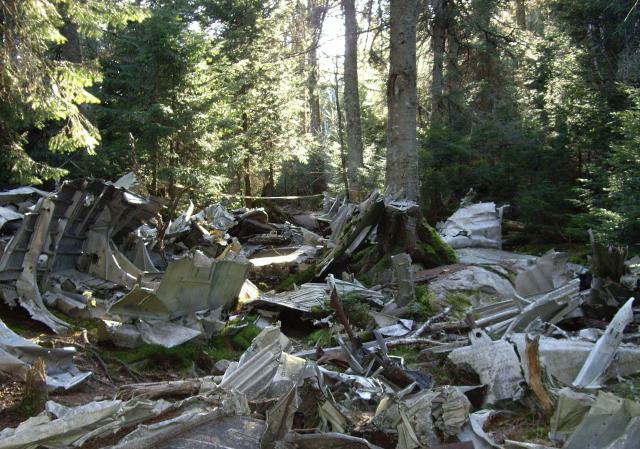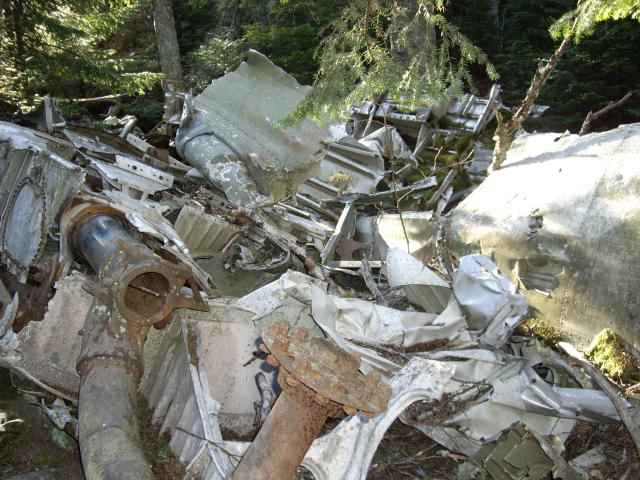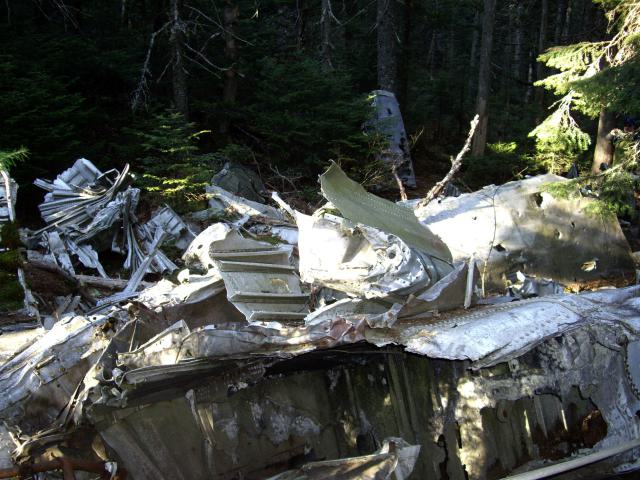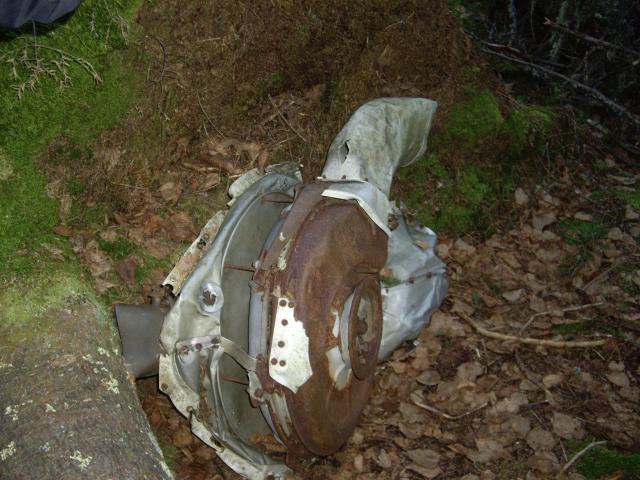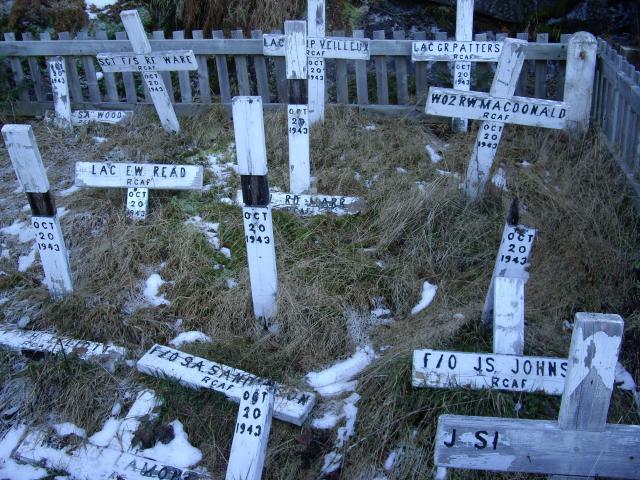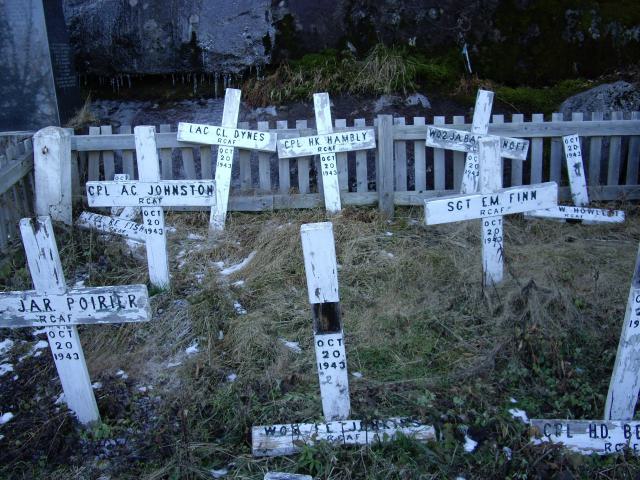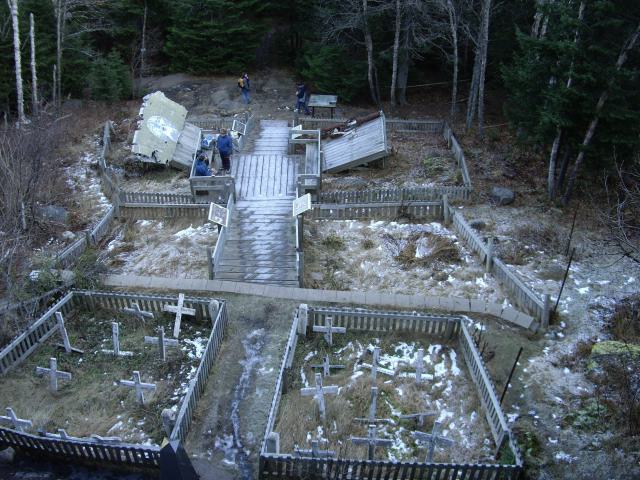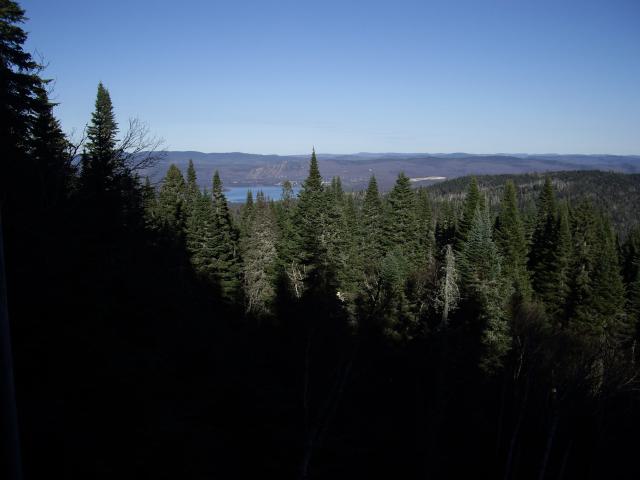Montagne Noire
Historic Location Cemetery in Saint-Donat, Quebec
Oct 15 2009
On October 19, 1943, a Royal Canadian Air Force (RCAF) Consolidated Liberator III bomber, nicknamed "Harry," crashed into Montagne Noir near Saint-Donat, Quebec. The crash, which claimed the lives of all 24 servicemen on board, was the deadliest military aviation accident in Canadian history at the time. The aircraft, a B-24D model adapted for the RCAF, was flying from Gander, Newfoundland, to Mont-Joli, Quebec, but was diverted when Mont Joli airport closed due to worsening weather. As a result of inaccurate navigation maps that misstated the mountain's height, and a possibly improperly set altimeter, the aircraft flew into the mountain in heavy snow. Despite locals reporting the sound of the crash, an intensive month-long search by the RCAF failed to locate the wreckage. The site remained a mystery for nearly three years until June 1946, when a military search plane on an unrelated mission accidentally spotted the wreckage. The remains of the crew and passengers, most of whom could not be identified, were buried at the crash site in a collective grave marked by small crosses in a makeshift cemetery – the site was too remote and difficult to access to remove the victims or the wreckage at the time. In 1985 the victims were removed and reburied in a cemetery in St Donat but the crosses and wreckage remain on the mountain along with a viewing platform and commemorative Cenotaph. The site is now accessible via a 5.5 kilometre (400 metre vertical rise) hike from a parking area.

